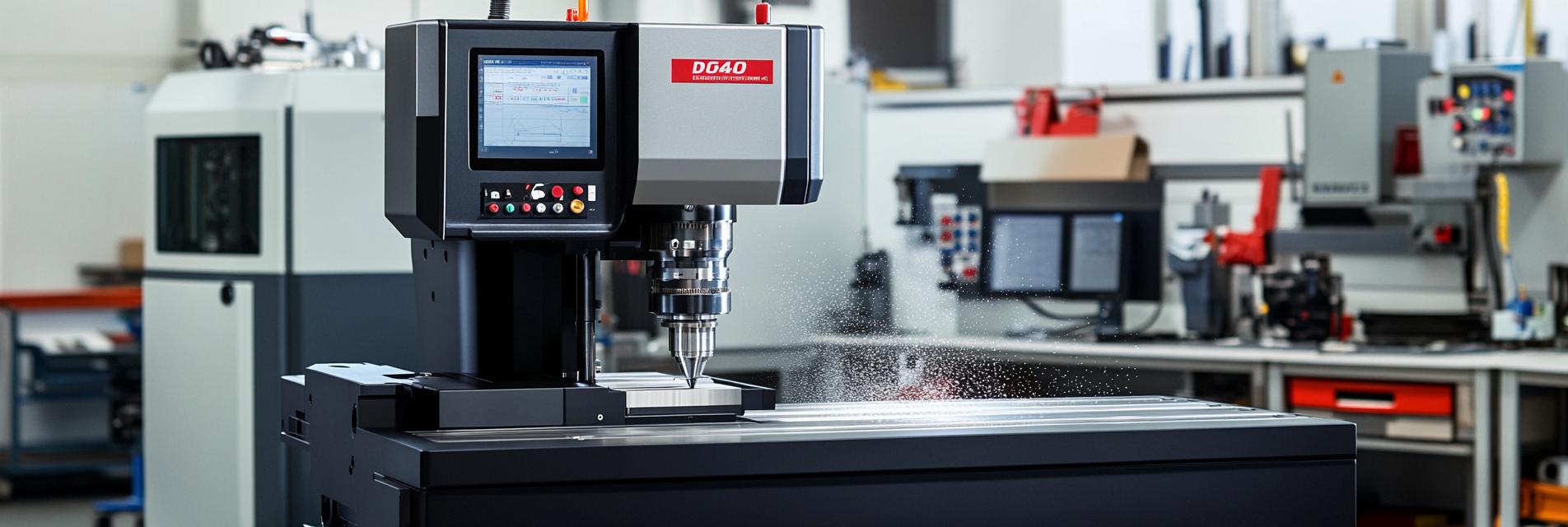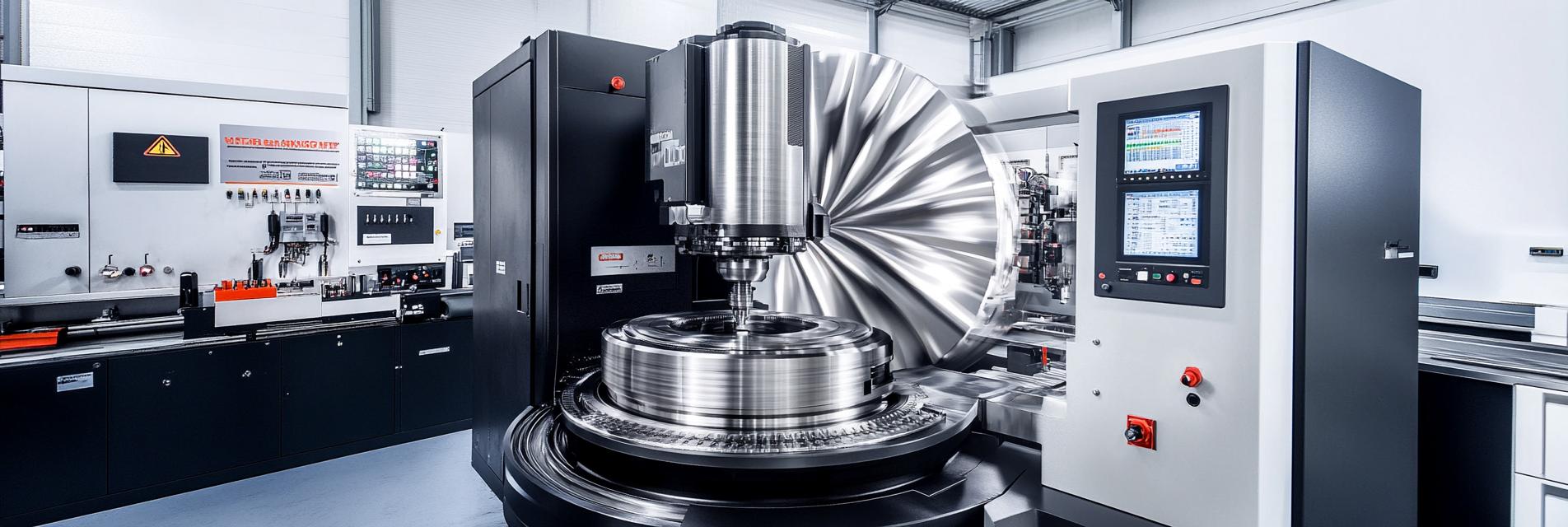
In the manufacturing industry, the processing of complex parts has always been a challenging task. Five - axis linkage programming, especially when using a five - axis vertical machining center like the Kaibo CNC FH855L, offers a powerful solution to improve efficiency and precision. This guide will systematically analyze the core technologies of five - axis linkage programming.
The entire process of five - axis linkage programming starts from basic coordinate system conversion to complex tool path planning. Coordinate system conversion is the foundation, which allows the machine to accurately understand the position and orientation of the workpiece. For example, in a five - axis vertical machining center, proper coordinate system conversion can ensure that the tool moves precisely to the desired position. It is estimated that incorrect coordinate system conversion can lead to up to 30% reduction in machining accuracy.

Tool path planning is another crucial aspect. It involves determining the optimal path for the tool to follow during the machining process. A well - planned tool path can not only improve machining efficiency but also enhance the surface quality of the parts. However, planning the tool path for complex parts requires in - depth knowledge of the part's geometry and the capabilities of the machining center.
In the machining of complex parts, several programming pain points need to be addressed. One of the most significant issues is precision control. Maintaining high precision is essential for the functionality and quality of the final product. For instance, in the aerospace industry, a deviation of even 0.01mm in a part can lead to serious consequences. Five - axis linkage programming, when done correctly, can significantly improve precision control.
Interference prevention is also a critical concern. During the machining process, the tool may interfere with the workpiece or other components of the machine, which can cause damage to the tool and the workpiece. By using advanced simulation and checking techniques, interference can be effectively avoided. In addition, when machining graphite materials, special programming strategies are required due to the material's unique properties.

Let's take the machining of impellers and mold cavities as examples. These are typical complex parts that require high - precision machining. In the case of impeller machining, the five - axis linkage programming needs to consider the complex blade shape and the high - speed rotation requirements. By following a standardized programming process, the production efficiency can be increased by up to 40% compared to traditional methods.
For mold cavity machining, the programming should focus on achieving a smooth surface finish and accurate dimensions. Through the use of proper tool path planning and interference checking, the quality of the mold cavity can be significantly improved.
Most modern five - axis machining centers rely on CAM software for programming. Different CAM software has its own features and key settings. For example, some software may have more advanced simulation functions, while others may be more user - friendly. However, there are also common errors when using CAM software, such as incorrect parameter settings and improper tool selection.
To avoid these errors, it is recommended to follow the software's user manual carefully and conduct trial runs before actual machining. By doing so, the risk of programming errors can be reduced by up to 50%.

In conclusion, mastering five - axis linkage programming is essential for improving the efficiency and quality of complex part machining. The Kaibo CNC FH855L five - axis vertical machining center, with its advanced technology and reliable service support, can be a great choice for manufacturers. If you want to learn more about how to improve your complex part machining with the Kaibo CNC FH855L, click here to explore further.

